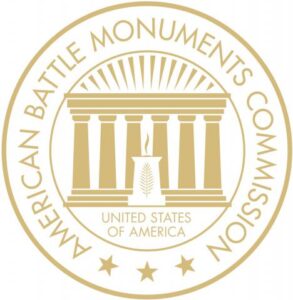Mexico City National Cemetery is one of 26 cemeteries managed and operated by American Battle Monuments Commission, and also one of the only cemeteries that is not a World War I or World War II site. Buried at the Mexico City National Cemetery are American servicemen who served during the Mexican American War, Civil War and Spanish American War, but also civilians. But do you know everything about this site?
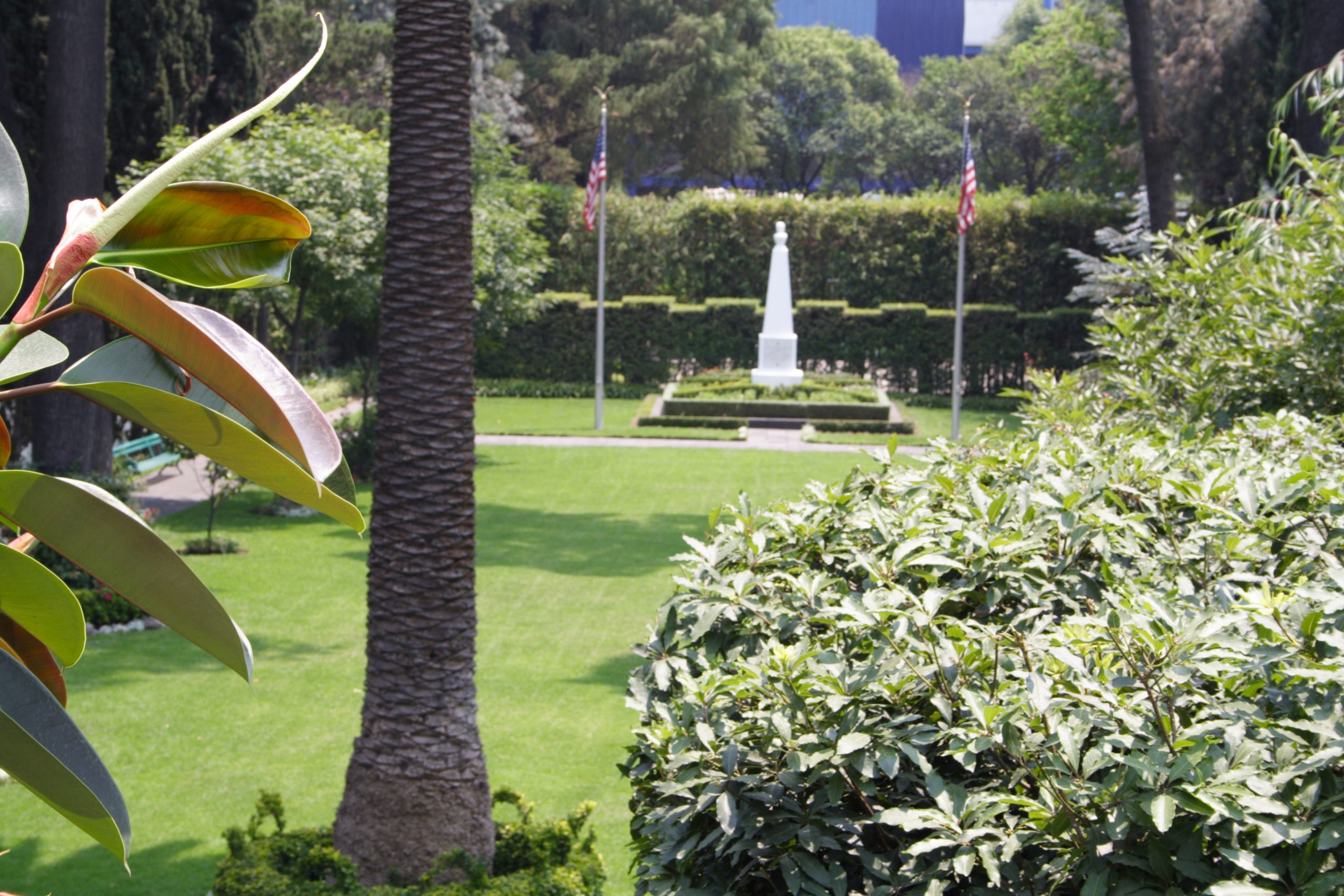
USA’s westward expansion created increasing territorial disputes with Mexico
When Texas was admitted as a state in December 1845, Mexico severed diplomatic ties, and President James K. Polk ordered Gen. Zachary Taylor’s forces toward the Rio Grande.
This set the stage for a series of military engagements that would ultimately reshape the border and result in the Treaty of Guadalupe Hidalgo in 1848, which ended the Mexican American War.
Nearly 70 years later, on March 9, 1916, a raid led by Francisco “Pancho” Villa on Columbus, New Mexico, prompted President Woodrow Wilson to order a military mission to pursue this group. What came to be known as the “Punitive Expedition”, failed to capture Villa. It provided valuable experience that would later prepare U.S. forces for mobilization in Europe during World War I.
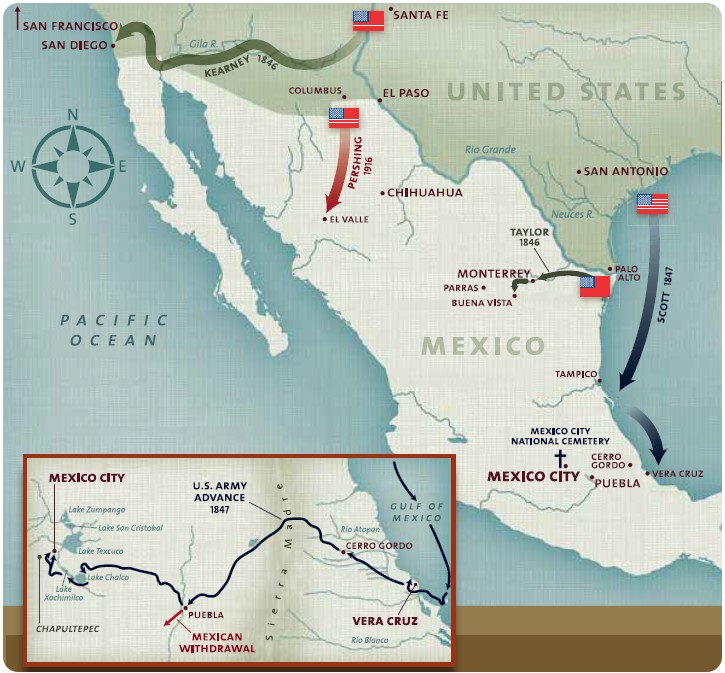
A land acquired by the U.S. government in the late 19th century
Due to the distance from American territory, as well as the need to quickly dispose of bodies in the Mexican climate, most of the fatalities from the Mexican American War were buried on Mexican soil.
At the time of its creation, the cemetery was on the western outskirts, what was then outside of the city walls, in the parish of San Antonio de las Huestas, along the Consulado River. The cemetery was established in 1851 by the Congress of the United States to gather the remains of the dead from the Mexican American War around the Mexico City area and provide a burial space. It is the oldest known burial ground for American service members outside of the U.S., established and maintained by the U.S. government. It became a U.S. national cemetery in 1873.
Initially called the U.S. National Cemetery in Mexico City, its name changed to Mexico City National Cemetery after 1967.
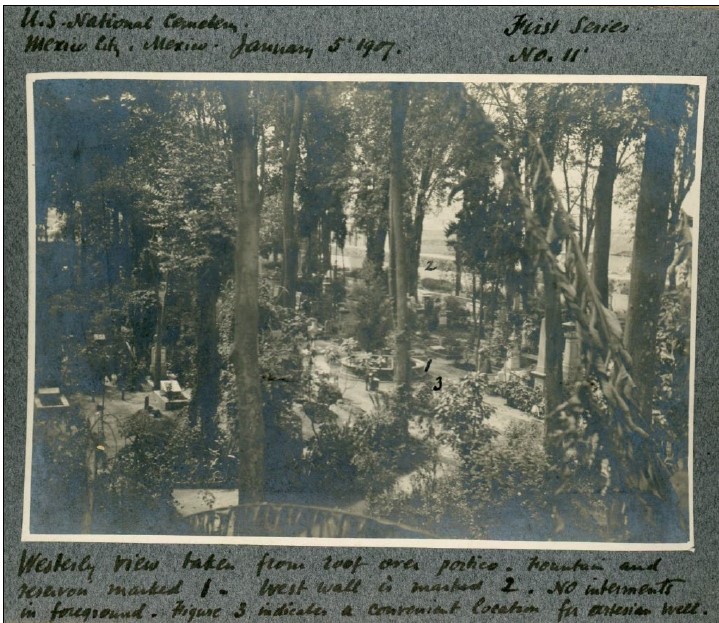
750 service members buried in a common grave
In this one-acre area, the remains of 813 Americans and others rest in wall crypts on either side of the cemetery. The cemetery was closed to further burials in 1924.
A small monument marks the common grave of 750 unidentified American dead of the Mexican American War. Inscribed on the monument are the words: “To the honored memory of 750 Americans known but to God whose bones collected by their country’s order are here buried.”
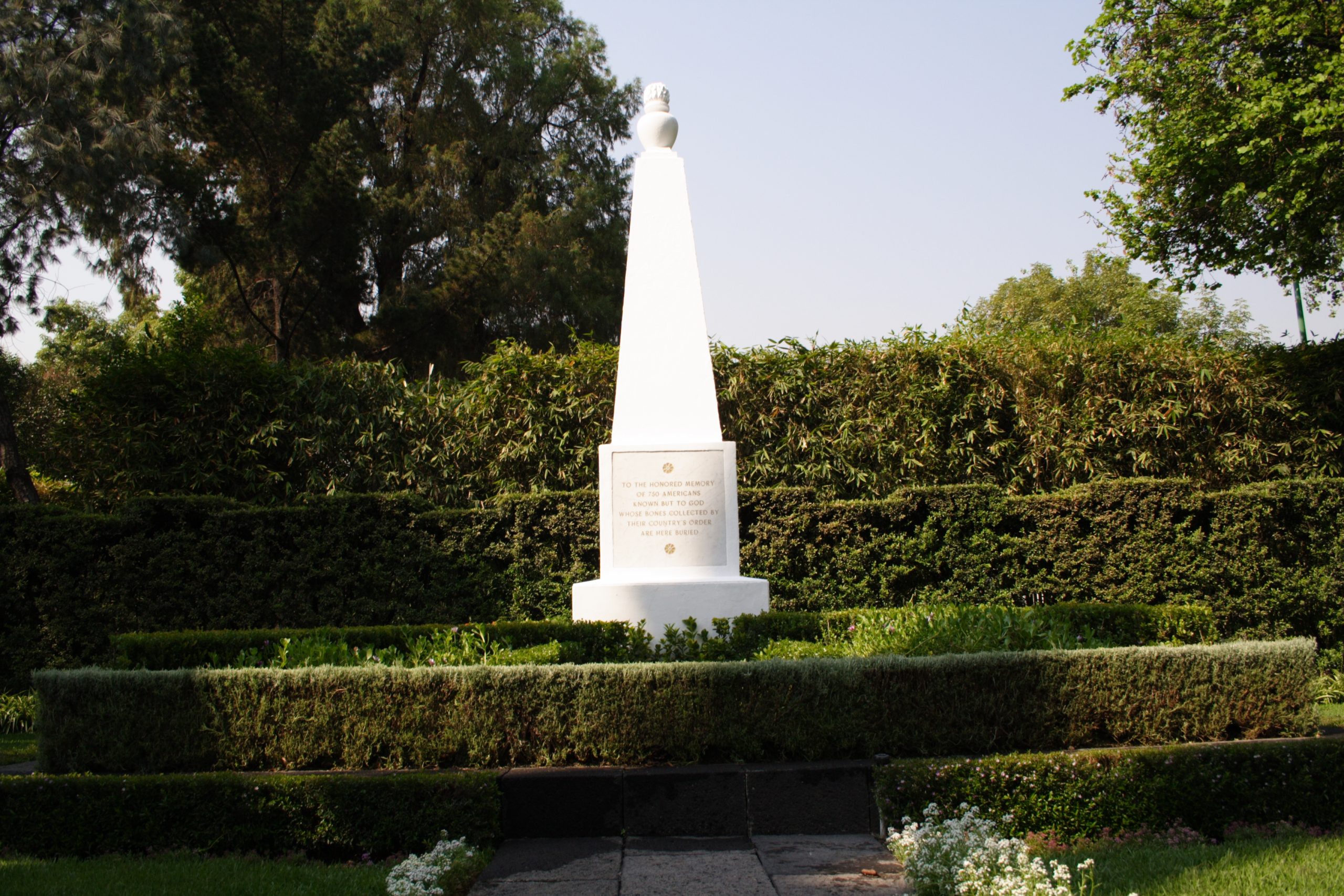
An ABMC site since 1947
On July 16, 1947, the cemetery, which had been administered by the War Department through the Quartermaster General’s office, was transferred to the care of the ABMC by Executive Order 9873 from President Harry S. Truman.
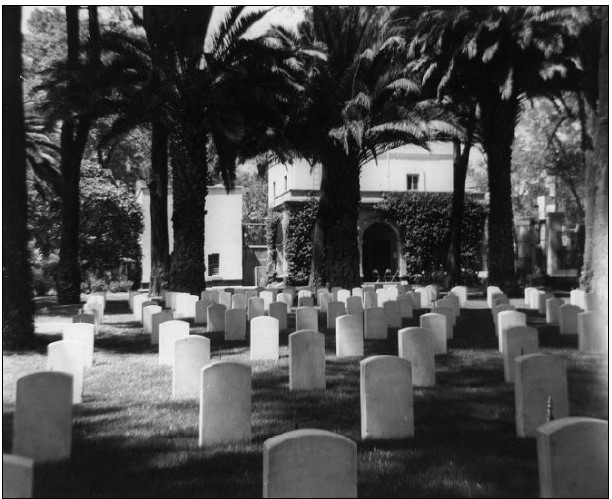
Smaller than it used to be
As early as 1972, the issue of the inner circuit highway construction was known to ABMC, and solutions were actively being sought. At first, relocation of the entire cemetery was considered. The Mexico City government showed ABMC and U.S. Embassy representatives three possible sites in 1974. According to Maj. Gen. A.J. Adams, Secretary of ABMC, one site was entirely unsuitable, one site was adequate and acceptable, and a third was barely adequate but undesirable.
The next steps were to involve the architect, John Harbeson, and the engineer, Col. W.E. Jones to develop plans for one or two of the sites. Terms still needed to be reached with the Mexican government and ABMC was only willing to relocate if the Mexican government would provide all funds for relocation. This may be where the negotiations broke down, because by 1976, a deed of sale was signed that kept the cemetery in its historic location.
A deed from March 10, 1976, between the U.S. government, represented by U.S. Ambassador John Joseph Jova, and the Department of the Federal District of Mexico, represented by Octavio Senties Gómez, details the transaction whereby the cemetery transferred a strip of land along the west side for inner circuit highway construction.
It also stated that the Department of the Federal District of Mexico would pay for a fence on the west side of the cemetery and build 755 crypts on the walls of the east and west sides of the site.
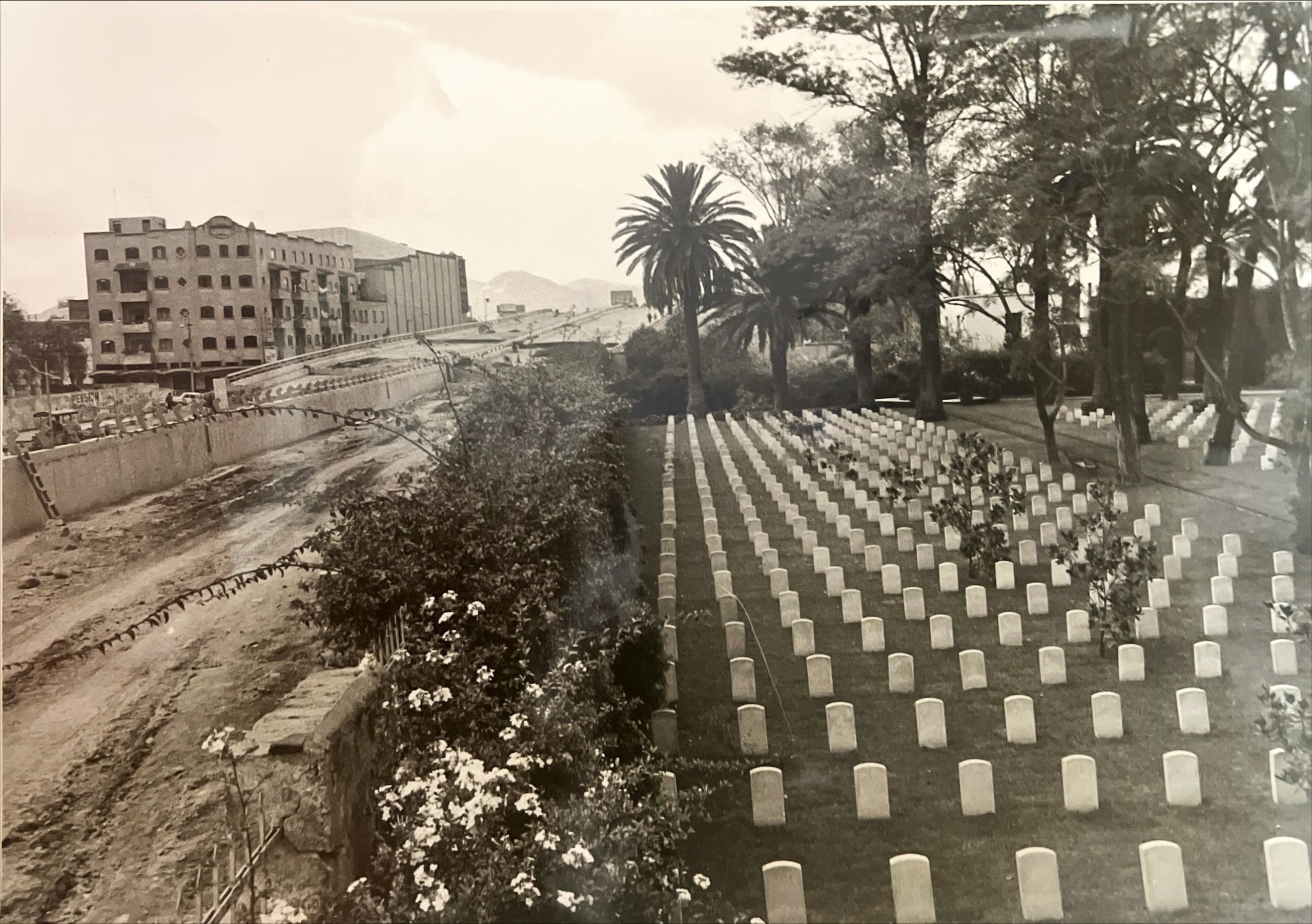
The American Battle Monuments Commission’s mission is to honor the service of the U.S. armed forces by creating and maintaining memorial sites, offering commemorative services, and facilitating the education of their legacy to future generations. It was founded in 1923 following World War I, and its 26 cemeteries and 31 monuments honor the service men and women who fought and perished during World War I, World War II, the Korean War and the Vietnam War, as well as some who fought during the Mexican American War.
The American Battle Monuments Commission sites are a constant reminder of Gen. John J. Pershing’s promise that, “time will not dim the glory of their deeds.”
Sources:
Article created with the help of Mexico City National Cemetery’s team.
https://www.abmc.gov/Mexico-City
Dickon, Chris (2011). The Foreign Burial of American War Dead: A History. McFarland. pp. 25–26. ISBN 9780786485017. Retrieved May 29, 2018.
Mexico City National Cemetery, Historic and Cultural Context, Page 21, Gray & Pape Heritage Management, August 30, 2024.
 An official website of the United States government. Here's how you know.
An official website of the United States government. Here's how you know. 